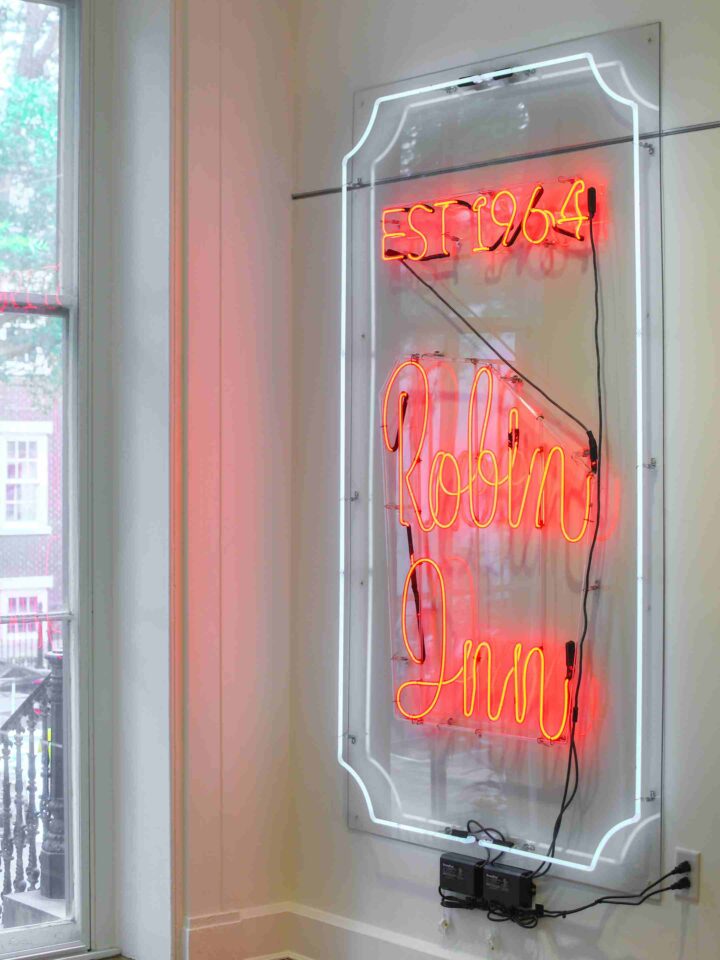
Featured Stories
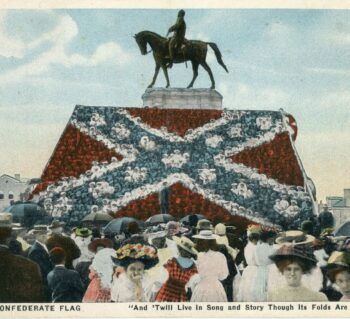
The Lost Cause Myth: How the South Flipped the American Civil War Story
After the Civil War, Confederate supporters struggled with how they would be remembered. They created a story to justify losing the war, rewriting the facts of history. Their story was an invention known as the Lost Cause.
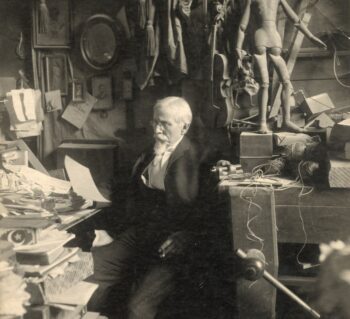
Essay: Edward Valentine’s Life and Career
An in-depth look at Edward Valentine's artistic and museum pursuits.
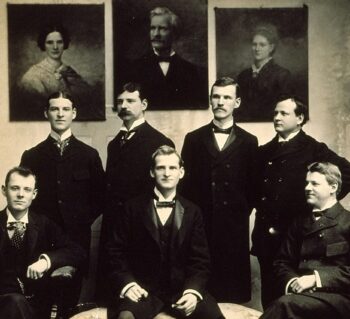
The Early Valentine Museum, 1898–1930
Essay: The Valentine Museum opened in Richmond on November 21, 1898. Fifty years earlier, museum founder Mann Satterwhite Valentine II (1824-1892) noted: “Today I thought of procuring relics of all places dear to my memory.”
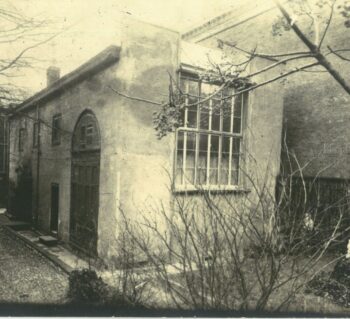
Essay: Edward Valentine’s Studio
Edward Valentine’s artist’s studio first served as a carriage house with stable and bath for Thomas Green. Valentine acquired the structure in 1871 and converted it into his studio, where he worked for nearly 50 years.
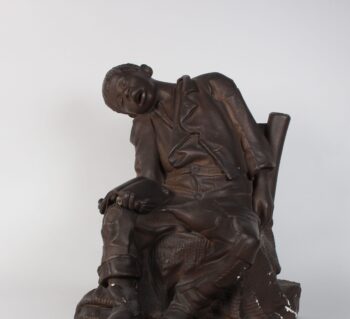
Essay: Racist Caricatures by Edward Valentine
Edward Valentine (1838-1930) was a Richmond sculptor and brother of the founder of the Valentine Museum. Best known for his busts and statues of Confederate soldiers, his three sculptures of Black Richmonders are a disturbing subset of his work that express the explicit racism of the 1860s and 1870s.
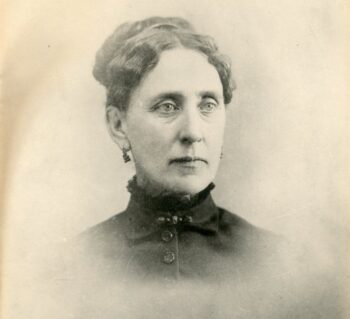
Jane King: The Ice Queen in the Sweltering South
Not until 1856 did regular Richmonders have access to a truly cold drink on a summer day. The luxury was brought to us by David King, an immigrant from Northern Ireland, who opened an office and ice house at 1811 East Cary Street. At his dock on the Kanawha Canal, he began to receive schooners from Maine, loaded with frozen slabs of the Kennebec River.
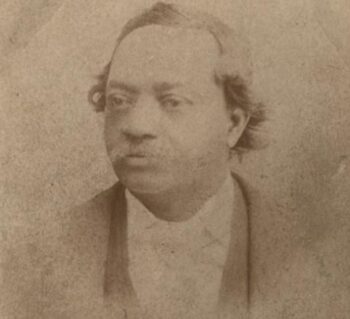
John Dabney’s Mint Juleps
John Dabney earned his freedom by making mint juleps.
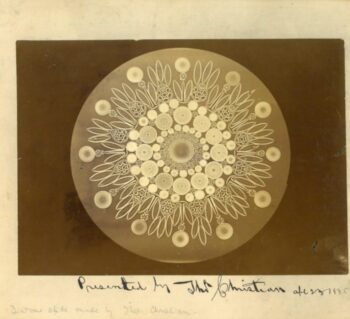
Richmond’s Diatom Deposits
Few people know that this city lies atop one of the most diverse diatom deposits in the world.
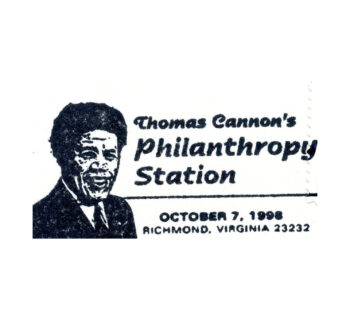
Thomas Cannon, Sr., Poor Man’s Philanthropist
The “Poor Man’s Philanthropist” Thomas Cannon gave away over $150,000 usually in $1,000 checks from 1972 until his death in 2005. For 33 years, he lived a life of poverty so he could give away his small Post Office pension to deserving people he mostly read about in the newspaper.